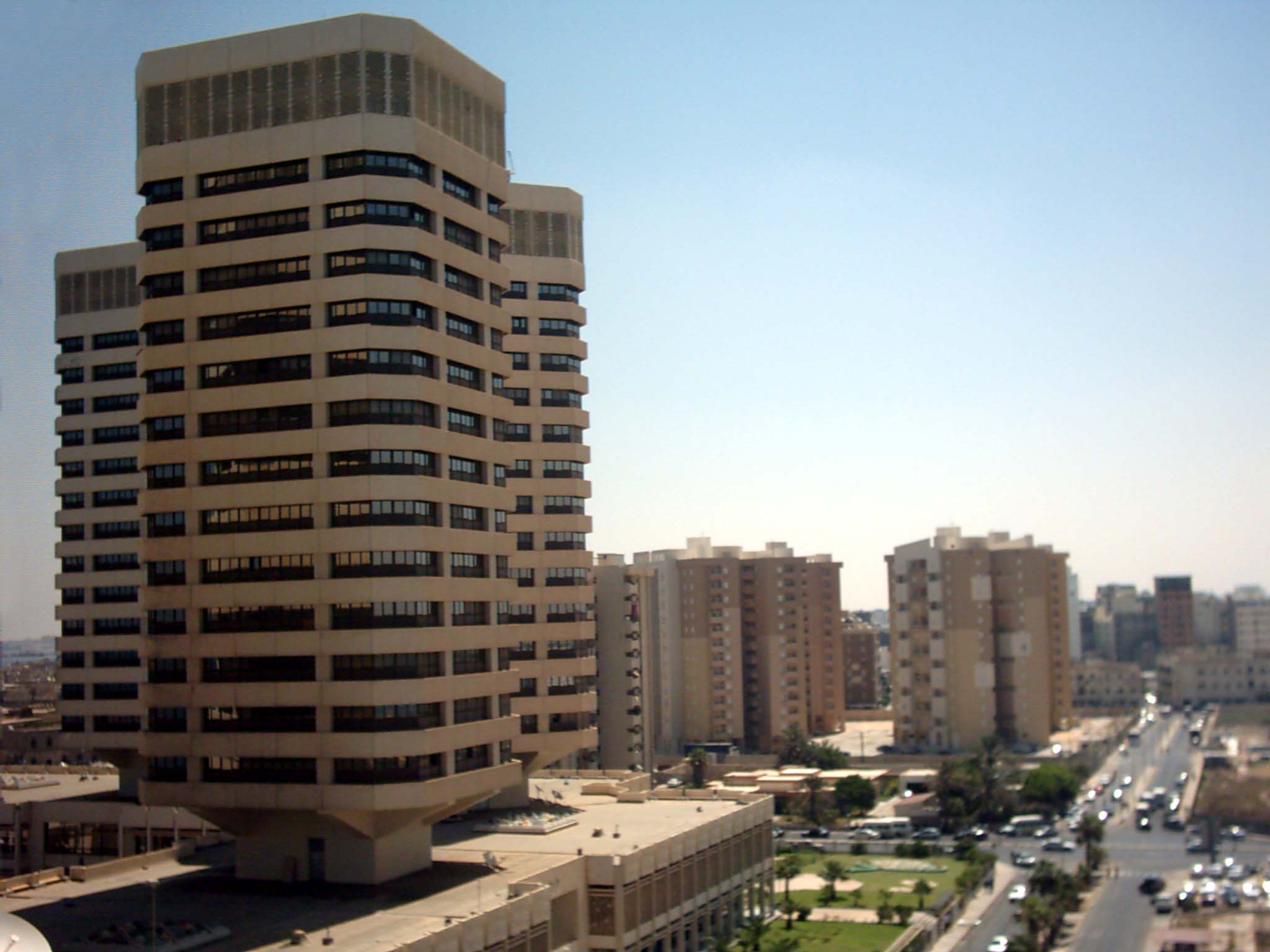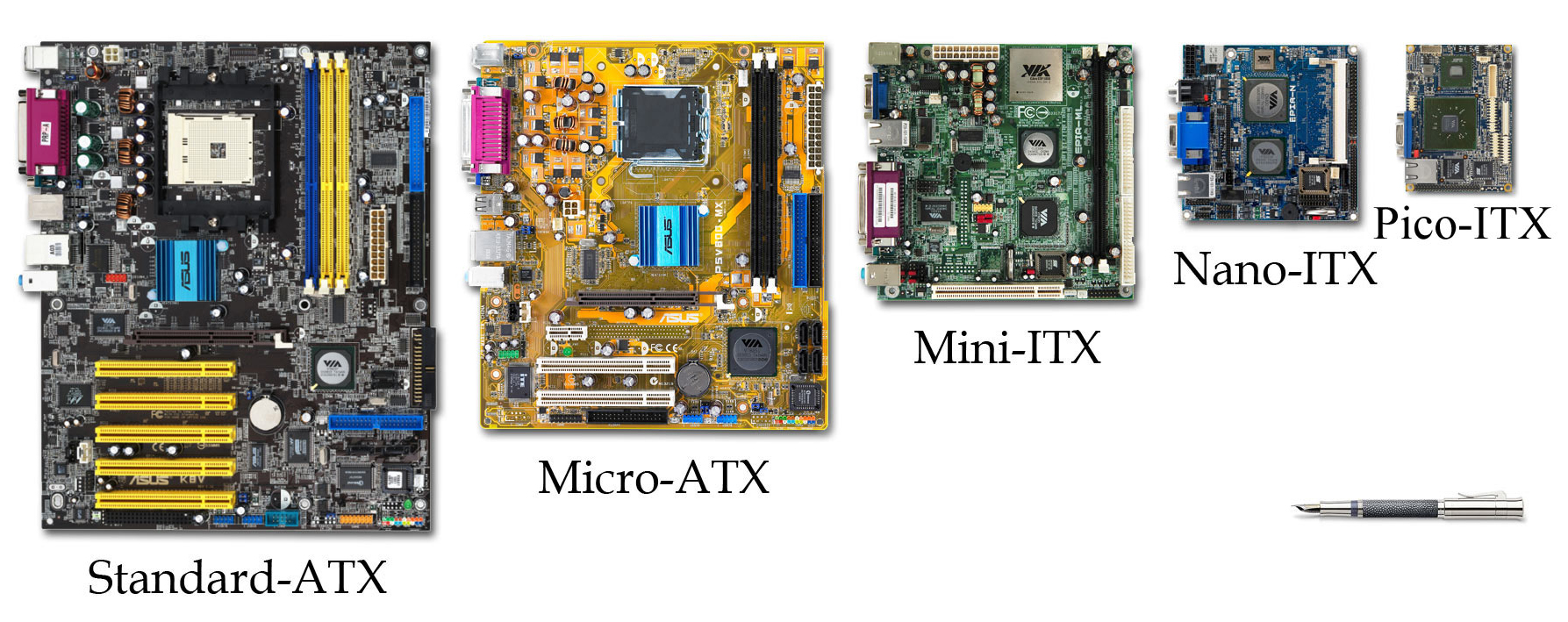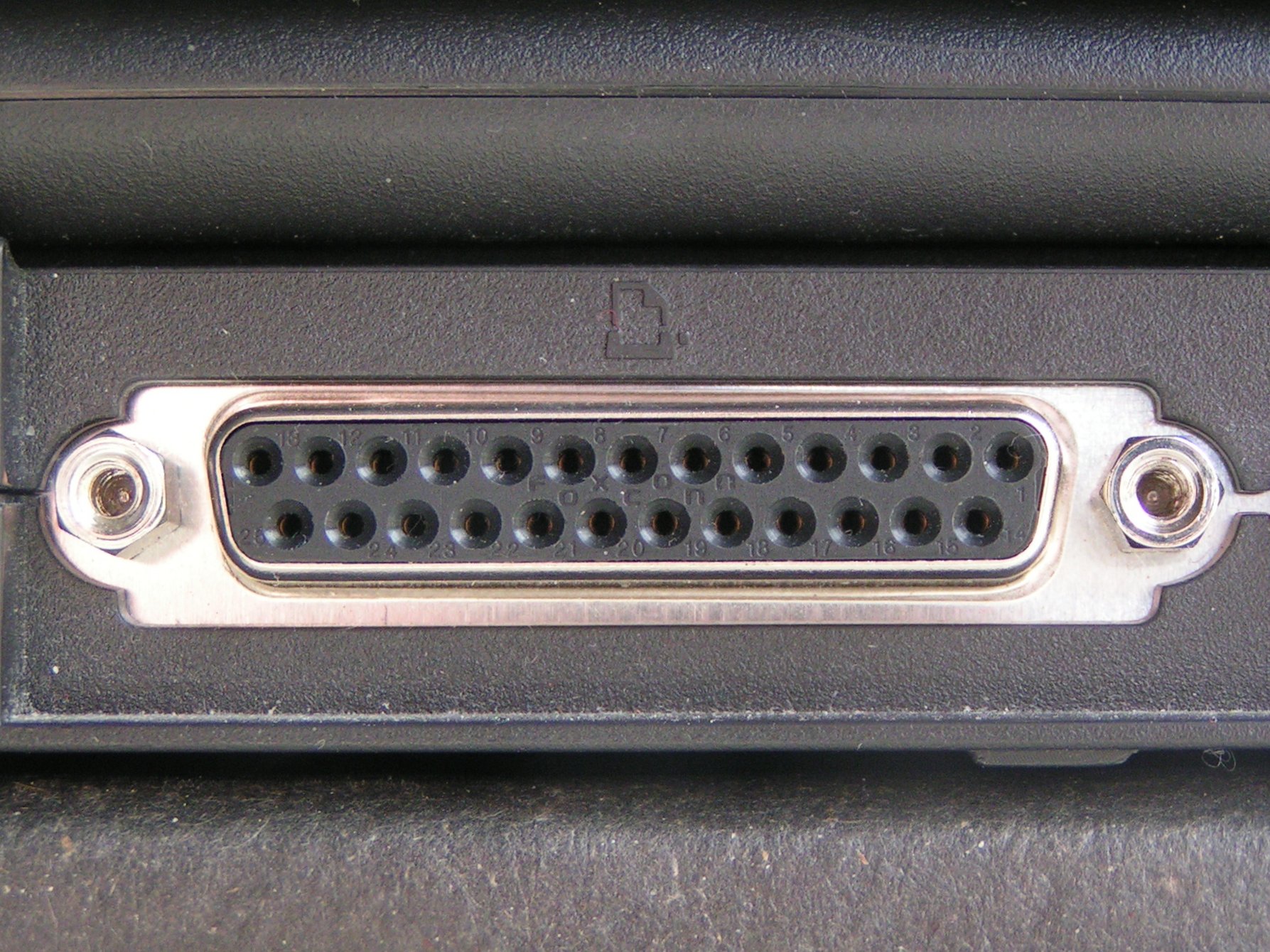 |
Leading Edge Model D
The Leading Edge Model D is an IBM clone first released by Leading Edge Hardware in July 1985. It was initially priced at $1,495 and configured with dual 5.25" floppy drives, 256 KB of RAM, and a monochrome monitor. It was manufactured by South Korean conglomerate Daewoo and distributed by Canton, Massachusetts-based Leading Edge. Engineer Stephen Kahng spent about four months designing the Model D at a cost of $200,000. Kahng later became CEO of Macintosh clone maker Power Computing. In August 1986, Leading Edge cut the price of the base model by $200, to $1,295, and increased the base memory of the machine to 512 KB. The Model D was an immediate success, selling 100,000 units in its first year of production. It sold well for several years, until a dispute with dealers forced Leading Edge into bankruptcy in 1989. Hardware The Model D initially featured an Intel 8088 microprocessor at 4.77 MHz, although later models had a switch in the back to run at 4.77 MHz (norm ... [...More Info...] [...Related Items...] OR: [Wikipedia] [Google] [Baidu] |
 |
Daewoo
Daewoo ( ; ; ; ; literally "great universe" and a portmanteau of "''dae''" meaning great, and the given name of founder and chairman Kim Woo-choong) also known as the Daewoo Group, was a major South Korean chaebol (type of conglomerate) and automobile manufacturer. It was founded on 22 March 1967 as Daewoo Industrial and was declared bankrupt on 1 November 1999, with debts of about US$50 billion (equivalent to $ billion in ). Prior to the 1997 Asian financial crisis, Daewoo was the third largest conglomerate in South Korea, behind the Hyundai Group and LG Corporation, Lucky-Goldstar (later became LG Corporation). There were about 20 divisions under the Daewoo Group, some of which survived as independent companies. History Beginning and development The Daewoo Group was founded by Kim Woo-choong in March 1967. He was the son of the Provincial Governor of Daegu. He graduated from the Kyonggi High School, then finished with an Economics Degree at Yonsei University in Seoul ... [...More Info...] [...Related Items...] OR: [Wikipedia] [Google] [Baidu] |
 |
Microprocessor
A microprocessor is a computer processor (computing), processor for which the data processing logic and control is included on a single integrated circuit (IC), or a small number of ICs. The microprocessor contains the arithmetic, logic, and control circuitry required to perform the functions of a computer's central processing unit (CPU). The IC is capable of interpreting and executing program instructions and performing arithmetic operations. The microprocessor is a multipurpose, Clock signal, clock-driven, Processor register, register-based, digital integrated circuit that accepts binary code, binary data as input, processes it according to instruction (computing), instructions stored in its computer memory, memory, and provides results (also in binary form) as output. Microprocessors contain both combinational logic and sequential logic, sequential digital logic, and operate on numbers and symbols represented in the binary number system. The integration of a whole CPU on ... [...More Info...] [...Related Items...] OR: [Wikipedia] [Google] [Baidu] |
|
Commercial Off-the-shelf
Commercial-off-the-shelf or commercially available off-the-shelf (COTS) products are packaged or canned (ready-made) hardware or software, which are adapted aftermarket to the needs of the purchasing organization, rather than the commissioning of custom-made, or bespoke, solutions. A related term, Mil-COTS, refers to COTS products for use by the U.S. and Canadian militaries. In the context of the Federal government of the United States, U.S. government, the Federal Acquisition Regulation (FAR) has defined "COTS" as a formal term for commercial items, including services, available in the commercial marketplace that can be bought and used under government contract. For example, Microsoft is a COTS software provider. Goods and construction materials may qualify as COTS but bulk cargo does not. Services associated with the commercial items may also qualify as COTS, including installation services, training services, and cloud services. COTS purchases are alternatives to custom softwa ... [...More Info...] [...Related Items...] OR: [Wikipedia] [Google] [Baidu] |
|
 |
Form Factor (design)
Form factor is a hardware design aspect that defines and prescribes the size, shape, and other physical specifications of components, particularly in electronics. A form factor may represent a broad class of similarly sized components, or it may prescribe a specific standard. It may also define an entire system, as in a computer form factor. Evolution and standardization As electronic hardware has become smaller following Moore's law and related patterns, ever-smaller form factors have become feasible. Specific technological advances, such as PCI Express, have had a significant design impact, though form factors have historically evolved slower than individual components. Standardization of form factors is vital for hardware compatibility between different manufacturers. Trade-offs Smaller form factors may offer more efficient use of limited space, greater flexibility in the placement of components within a larger assembly, reduced use of material, and greater ease of transportat ... [...More Info...] [...Related Items...] OR: [Wikipedia] [Google] [Baidu] |
|
Industry Standard Architecture
Industry Standard Architecture (ISA) is the 16-bit internal bus (computing), bus of IBM PC/AT and similar computers based on the Intel 80286 and its immediate successors during the 1980s. The bus was (largely) backward compatible with the 8-bit bus of the 8088-based IBM PC, including the IBM PC/XT as well as IBM PC compatibles. Originally referred to as the PC bus (8-bit) or AT bus (16-bit), it was also termed ''I/O Channel'' by IBM. The ISA term was coined as a retronym by IBM PC clone manufacturers in the late 1980s or early 1990s as a reaction to IBM attempts to replace the AT bus with its new and incompatible Micro Channel architecture. The 16-bit ISA bus was also used with 32-bit processors for several years. An attempt to extend it to 32 bits, called Extended Industry Standard Architecture (EISA), was not very successful, however. Later buses such as VESA Local Bus and Peripheral Component Interconnect, PCI were used instead, often along with ISA slots on the same mainbo ... [...More Info...] [...Related Items...] OR: [Wikipedia] [Google] [Baidu] |
|
 |
Parallel Port
In computing, a parallel port is a type of interface found on early computers ( personal and otherwise) for connecting peripherals. The name refers to the way the data is sent; parallel ports send multiple bits of data at once (parallel communication), as opposed to serial communication, in which bits are sent one at a time. To do this, parallel ports require multiple data lines in their cables and port connectors and tend to be larger than contemporary serial ports, which only require one data line. There are many types of parallel ports, but the term has become most closely associated with the printer port or Centronics port found on most personal computers from the 1970s through the 2000s. It was an industry ''de facto'' standard for many years, and was finally standardized as IEEE 1284 in the late 1990s, which defined the Enhanced Parallel Port (EPP) and Extended Capability Port (ECP) bi-directional versions. Today, the parallel port interface is virtually non ... [...More Info...] [...Related Items...] OR: [Wikipedia] [Google] [Baidu] |
 |
Serial Port
A serial port is a serial communication Interface (computing), interface through which information transfers in or out sequentially one bit at a time. This is in contrast to a parallel port, which communicates multiple bits simultaneously in Parallel communication, parallel. Throughout most of the history of personal computers, data has been transferred through serial ports to devices such as modems, computer terminal, terminals, various peripherals, and directly between computers. While interfaces such as Ethernet, FireWire, and USB also send data as a serial Stream (computing), stream, the term ''serial port'' usually denotes Computer hardware, hardware compliant with RS-232 or a related standard, such as RS-485 or RS-422. Modern consumer personal computers (PCs) have largely replaced serial ports with higher-speed standards, primarily USB. However, serial ports are still frequently used in applications demanding simple, low-speed interfaces, such as industrial automation sys ... [...More Info...] [...Related Items...] OR: [Wikipedia] [Google] [Baidu] |
 |
Real-time Clock
A real-time clock (RTC) is an electronic device (most often in the form of an integrated circuit) that measures the passage of time. Although the term often refers to the devices in personal computers, server (computing), servers and embedded systems, RTCs are present in almost any electronic device which needs to keep accurate time of day. Terminology The term ''real-time clock'' is used to avoid confusion with ordinary clock signal, hardware clocks which are only signals that govern digital electronics, and do not count time in human units. RTC should not be confused with real-time computing, which shares its three-letter acronym but does not directly relate to time of day. Purpose Although keeping time can be done without an RTC, using one has benefits: * Reliably maintains and provides current time through disruptive system states such as Hang (computing), hangs, Sleep mode, sleep, reboots, or if given sufficient backup power, full Shutdown (computing), shutdown and hardwa ... [...More Info...] [...Related Items...] OR: [Wikipedia] [Google] [Baidu] |
 |
Disk Controller
A disk controller is a controller circuit that enables a CPU to communicate with a hard disk, floppy disk or other kind of disk drive. It also provides an interface between the disk drive and the bus connecting it to the rest of the system.{{Cite book , url=https://ieeexplore.ieee.org/document/955038 , access-date=2023-10-18 , date=2001 , doi=10.1109/ICCD.2001.955038 , s2cid=3084914 , language=en-US , last1=Jeppesen , first1=J. , last2=Allen , first2=W. , last3=Anderson , first3=S. , last4=Pilsl , first4=M. , title=Proceedings 2001 IEEE International Conference on Computer Design: VLSI in Computers and Processors. ICCD 2001 , chapter=Hard disk controller: The disk drive's brain and body , pages=262–267 , isbn=0-7695-1200-3 Early disk controllers were identified by their storage methods and data encoding. They were typically implemented on a separate controller card. Modified frequency modulation (MFM) controllers were the most common type in small computers, used for bot ... [...More Info...] [...Related Items...] OR: [Wikipedia] [Google] [Baidu] |
|
IBM Personal Computer XT
The IBM Personal Computer XT (model 5160, often shortened to PC/XT) is the second computer in the IBM Personal Computer line, released on March 8, 1983. Except for the addition of a built-in Hard disk drive, hard drive and extra expansion slots, it is very similar to the original IBM PC model 5150 from 1981. Name IBM did not specify an expanded form of "XT" on the machine, press releases, brochures or documentation, but some publications expanded the term as "''eXtended Technology''" or just "''eXTended''". Features The XT was regarded as an incremental improvement over the PC and a disappointment compared to the next-generation successor that some had anticipated. Compared to the original IBM PC, the XT has the following major differences: * The number of expansion slots was increased from five to eight * Base RAM was increased to at least 128 KB * 2x32KB ROM ICs replace the previous 5x8KB ROM ICs * A 10 MB hard drive was included on most sub-models, with a disk ... [...More Info...] [...Related Items...] OR: [Wikipedia] [Google] [Baidu] |
|
 |
IBM PC
The IBM Personal Computer (model 5150, commonly known as the IBM PC) is the first microcomputer released in the List of IBM Personal Computer models, IBM PC model line and the basis for the IBM PC compatible ''de facto'' standard. Released on August 12, 1981, it was created by a team of engineers and designers at IBM, International Business Machines (IBM), directed by William C. Lowe and Philip Don Estridge in Boca Raton, Florida. Powered by an x86-architecture Intel 8088 processor, the machine was based on open architecture and third-party peripherals. Over time, expansion cards and software technology increased to support it. The PC had influence of the IBM PC on the personal computer market, a substantial influence on the personal computer market; the specifications of the IBM PC became one of the most popular computer design standards in the world. The only significant competition it faced from a non-compatible platform throughout the 1980s was from Apple Inc., Apple's Maci ... [...More Info...] [...Related Items...] OR: [Wikipedia] [Google] [Baidu] |
|
Dual In-line Package
In microelectronics, a dual in-line package (DIP or DIL) is an Semiconductor package, electronic component package with a rectangular housing and two parallel rows of electrical connecting pins. The package may be through-hole technology, through-hole mounted to a printed circuit board (PCB) or inserted in a socket. The dual-inline format was invented by Don Forbes, Rex Rice and Bryant Rogers at Fairchild Semiconductor, Fairchild R&D in 1964, when the restricted number of leads available on circular transistor-style packages became a limitation in the use of integrated circuits. Increasingly complex circuits required more signal and power supply leads (as observed in Rent's rule); eventually microprocessors and similar complex devices required more leads than could be put on a DIP package, leading to development of higher-density chip carriers. Furthermore, square and rectangular packages made it easier to route printed-circuit traces beneath the packages. A DIP is usually refer ... [...More Info...] [...Related Items...] OR: [Wikipedia] [Google] [Baidu] |